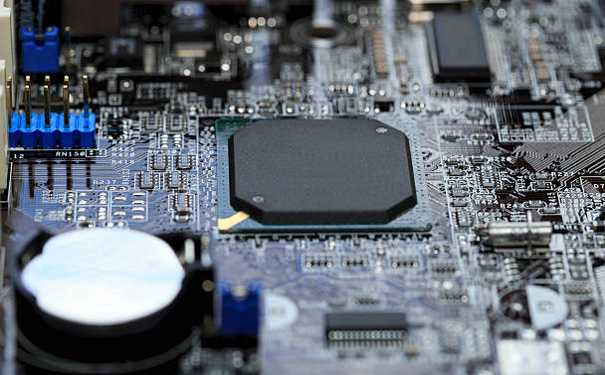According to insiders, TSMC has demonstrated the process testing results of N2 (i.e. 2 nanometers) prototypes to its major customers such as Apple and Nvidia. Samsung is also actively launching a 2-nanometer prototype and adopting a low-cost strategy to attract customers such as Nvidia.
TSMC has always been in a leading position in process technology, and the demonstration of the process testing results of the 2nm prototype undoubtedly further consolidates its market position. According to insiders, this prototype is part of TSMC's internal research and development project to promote 2nm process technology. Currently, TSMC is collaborating with customers to apply this new technology to practical products.
It is reported that Qualcomm's next generation flagship chip will use Samsung's "SF2" (2nm) process. As the world's first company to mass produce 3nm (SF3) chips last year, Samsung was also a pioneer in adopting a new All Around Gate (GAA) transistor architecture.

Samsung stated, "We have fully deployed and can mass produce SF2 by 2025. As we are the first company to enter and transform the GAA architecture, we hope that the transition from SF3 to SF2 will be relatively smooth."
However, industry insiders have revealed that Samsung's most basic 3nm chip yield is only 60%, far lower than customer expectations. In addition, it is not yet able to handle Apple A17 Pro or Nvidia GPU chips well. After the complexity increases, the yield will further decrease.
In addition, a new study by market research companies shows that Samsung's share of the chip manufacturing industry in the world reached 15.5% in the third quarter of this year, ranking second in the world. Although it is significantly inferior to TSMC, it also ranks in the top five, equivalent to the sum of Liandian, Gexin, and SMIC.
For future market trends, industry experts say that with the continuous development of process technology, chip production will increasingly rely on technological innovation and strength. In this regard, TSMC and Samsung both have strong research and development capabilities and technological accumulation. Therefore, future market competition will become more intense.
The copyright of this article belongs to the original author. The reprint of the article is only for the purpose of disseminating more information. If the author's information is marked incorrectly, please contact us immediately to modify or delete it. Thank you for your attention!

